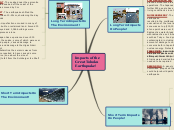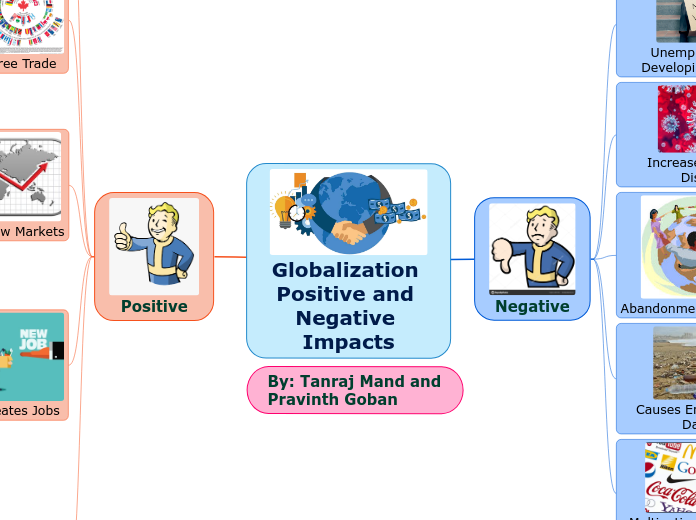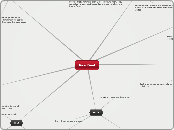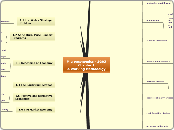по Rayyan Usmani 2 лет назад
168
Hurricanes
Lower-income communities are disproportionately affected by hurricanes due to several factors. These populations often lack access to technology, which hinders their ability to receive timely information about impending natural disasters, increasing their vulnerability.









